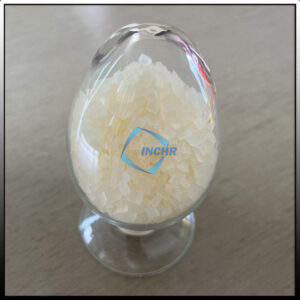Antistatic Additives for Polymers: Essential Guide
Static electricity in polymers causes dust attraction, product damage, and safety risks. Antistatic additives are crucial solutions, reducing surface resistivity and dissipating charges. This guide covers types, mechanisms, applications, and selection.
1. Types of Antistatic Additives
Migratory Additives: Migrate to the surface, attracting moisture to dissipate charge (short-medium term).
Surfactants: Common in polyolefins (PE, PP) for packaging/apparel (e.g.,).
Ionic Compounds: Effective in high humidity but may leach.
Non-Migratory Additives: Form permanent conductive networks (long-term, humidity-independent).
Conductive Fillers: Carbon black, nanotubes, metal particles (e.g., CB-NBR in PVC for mining/electronics).
Polymeric Agents: Integrate into polymer structure (e.g., for PE, PP, PS).
Ion-Conductive Polymers: Provide immediate dissipation (e.g.,for automotive/electronics).

2. How They Work
Migratory: Form a moisture-attracting layer on the surface, enabling charge bleed-off.
Non-Migratory: Create internal conductive pathways (electron/ion flow) within the bulk polymer.
3. Key Applications
Electronics & Packaging: [ESD-safe materials] (e.g., modified PVC, ) protect components. [Permanently antistatic polymers] like Pebax® are vital for cleanrooms.
Automotive: Prevent dust on interiors (e.g.,in PC/ABS dashboards). Enable safe wire harnesses (e.g., bio-based polyamides).
Textiles & Packaging: Reduce fiber cling. Prevent static damage in films (e.g.,for flammable goods).
4. Choosing the Right Additive
Polymer Compatibility: Match additive type to resin (e.g., surfactants for PO, polymeric agents for engineering plastics).
Performance Needs: Duration (temporary vs. permanent), required surface resistivity level, operating humidity.
Regulations: Food contact ([FDA/EU compliant additives]) or eco-standards (bio-based options).
Cost & Processing: Concentration needed, ease of use (masterbatches preferred).
5. Emerging Trends
Nano-Enhanced: Transparent conductive coatings (e.g., ATO) for displays/electronics.
Bio-Based & Sustainable: Renewable sources (e.g., castor-oil polyamides) and recyclable formulations.
Smart Materials: Research on additives responsive to environmental changes.
Conclusion
Selecting the correct antistatic additives for polymers—migratory or non-migratory—is vital for safety, functionality, and product lifespan in polymers. Consider compatibility, performance needs, and regulations. Innovations in nanotechnology and sustainable materials are driving the future of static control.




